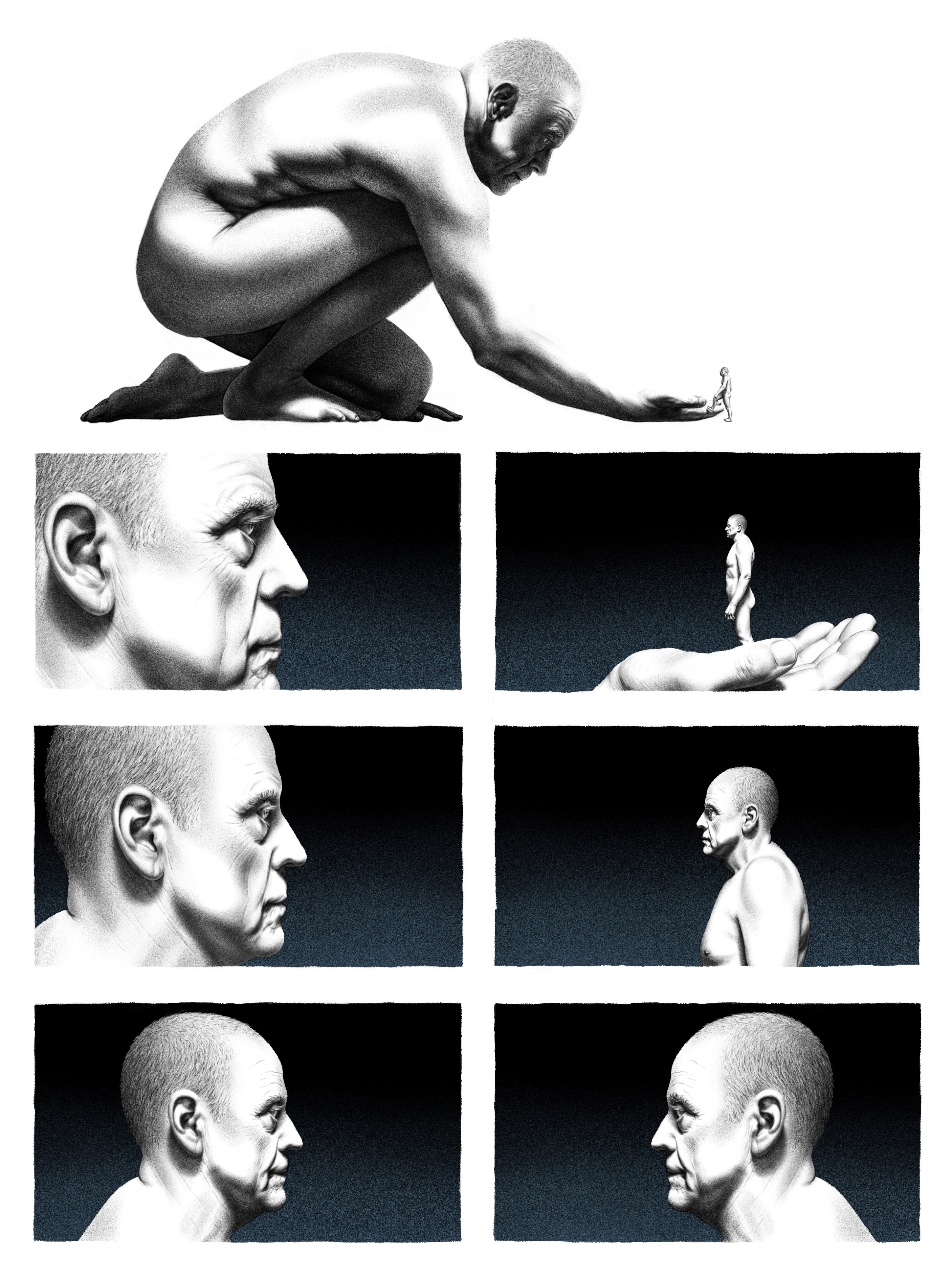Collective memories [animals; finsteren zeiten] II
The epigraph to a certain novel, which meant a whole lot to a much younger me, reads: 'The animals / stood By the door, / People shot them, / They fell dead to the floor.' Though this series originates from the literal translation of the rhyme, it bears no other relation to the said novel. Other quotations should be familiar or recognizable.
[:::: This series is a part of the 'Collective memories' project ::::]
[:::: This series is a part of the 'Collective memories' project ::::]
The term "collective memory" denotes the aggregate of memories, knowledge, and data that a social group holds, which is intrinsically linked to the group's identity. The term "collective memory" in English and its French counterpart "la mémoire collective" emerged in the latter half of the 19th century. Maurice Halbwachs, a philosopher and sociologist, further developed this concept in his 1925 work, «Les cadres sociaux de la mémoire». Both expansive and intimate social collectives can create, disseminate, and inherit collective memory.
Contrary to the term "collective memory," which is somewhat ambiguously defined yet generally accepted, the notion of "collective memories" is inherently problematic. Memories are the results of the individual acts of recollection, making the idea of "collective memories" paradoxical. Сontemporary diffusion models utilize vast amounts of often unidentified data, including historical and personal old photographs, vintage postcards, and other kinds of publicly circulating images. These models may be seen as involved in the prompts-driven singular acts of remembrance, producing images that paradoxically represent "collective memories," something otherwise unfeasible and ultimately, non-existent.




























